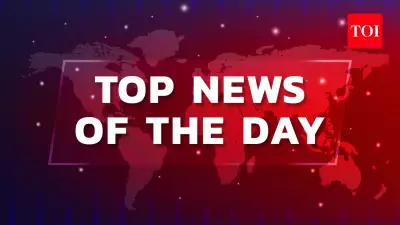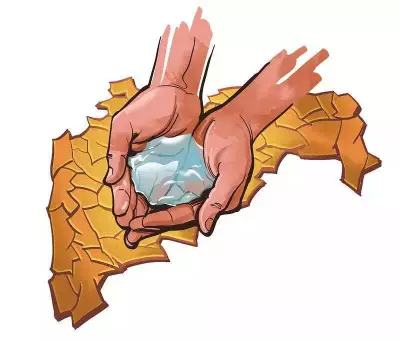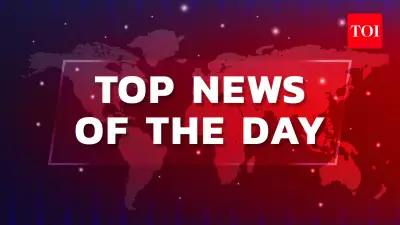
The political landscape shifted dramatically when former President Donald Trump proposed a radical idea: a G2 directorship between the United States and China. This concept, suggesting a bipolar world order dominated by two superpowers, sends ripples across global diplomacy—and India finds itself at a critical crossroads.
The G2 Concept: Reshaping Global Power Dynamics
Trump's vision of a US-China G2 arrangement represents a fundamental departure from the current multilateral world order. Instead of the inclusive G20 framework where emerging economies like India have significant voice, this proposal suggests condensing global decision-making power into a two-nation directorate.
This isn't merely theoretical positioning. During his presidency, Trump repeatedly questioned the value of traditional alliances and multilateral institutions. His renewed advocacy for a US-China dominated system signals potential dramatic changes in how international governance might function if he returns to power.
India's Strategic Dilemma in a Bipolar World
For India, which has carefully cultivated its strategic autonomy while strengthening ties with both Washington and Moscow, the G2 proposal presents multiple challenges:
- Diminished Global Influence: India's hard-won seat at the high table of global governance could become less significant in a US-China dominated world
- Economic Pressures: Being outside this proposed power structure might limit India's access to critical trade and technology flows
- Strategic Balancing Act: India's delicate position between competing powers becomes even more precarious without multilateral buffers
Navigating the New Geopolitical Reality
Experts suggest several pathways for India to maintain its strategic relevance regardless of how US-China relations evolve:
- Strengthen Regional Leadership: Enhancing India's position as the predominant South Asian power and key Indian Ocean stakeholder
- Diversify International Partnerships: Deepening ties with Europe, Japan, Australia, and other middle powers to create alternative power centers
- Boost Domestic Capabilities: Accelerating economic growth and technological development to increase India's indispensable global role
- Champion Multilateralism: Leading efforts to preserve and reform existing international institutions
The Silver Lining: Opportunity in Uncertainty
While Trump's G2 concept appears challenging for Indian interests, it might also create unexpected opportunities. A more explicit US-China competition could make both powers more attentive to India's concerns as they seek strategic partners. Additionally, other nations uneasy about bipolar dominance might look to India as a balancing force.
The ultimate reality is that the world is becoming increasingly multipolar, not bipolar. India's growing economic strength, demographic dividend, and strategic location ensure it cannot be sidelined in any sustainable global order.
As geopolitical plates continue to shift, India's challenge remains maintaining strategic autonomy while securing its national interests in an increasingly complex international environment. The country's response to evolving US-China dynamics will significantly shape its global position for decades to come.





